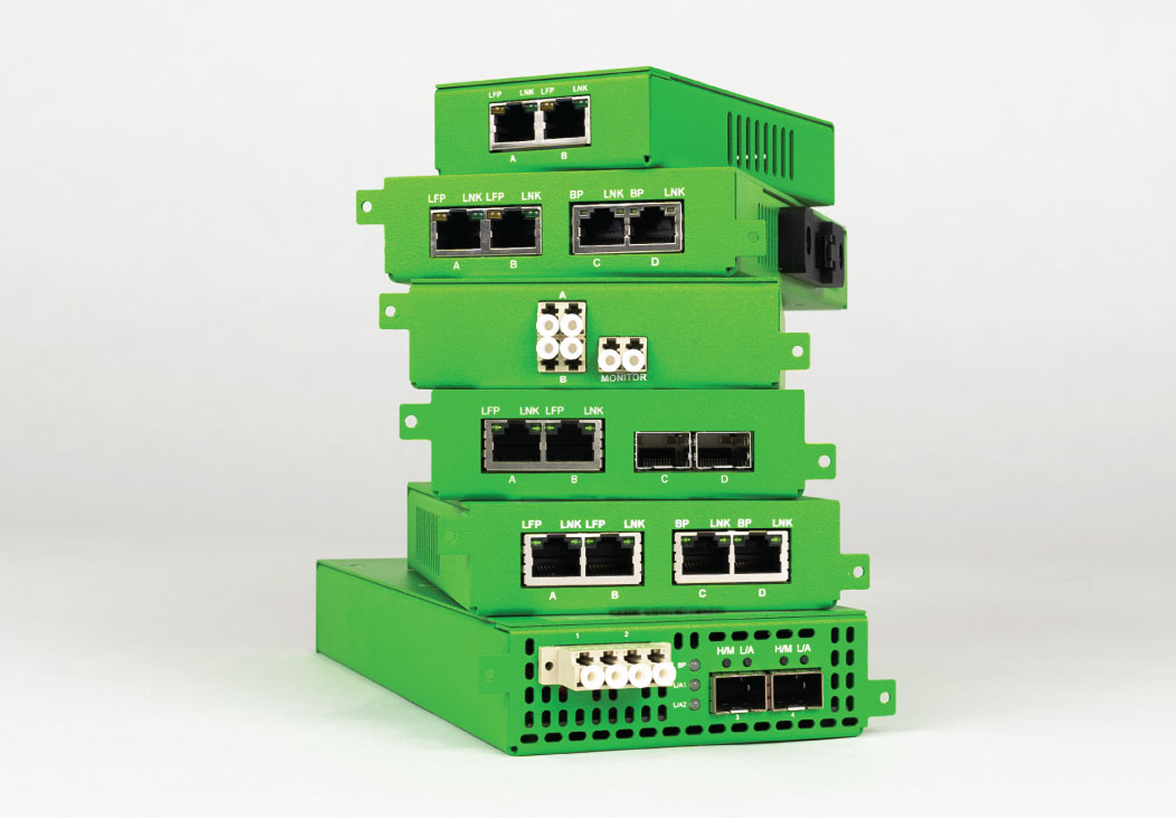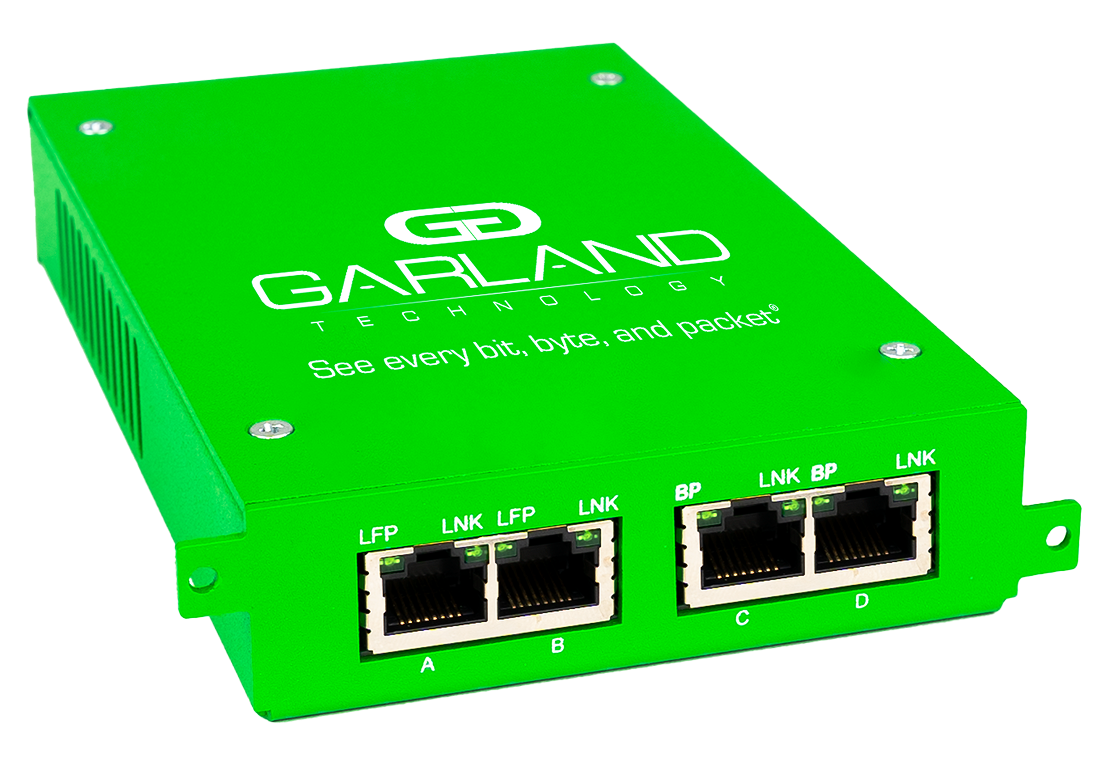This list encapsulates the essential insights from the whitepaper, highlighting the advantages of TAPs over SPAN ports in achieving comprehensive, secure, and reliable network visibility.
Comprehensive Data Capture: TAPs ensure 100% visibility into network traffic, capturing every packet, including errors and anomalies, unlike SPAN ports which may miss packets under high load conditions.
Unaltered Traffic Analysis: With TAPs, the data is exactly as it traverses the network, providing a true picture for analysis without the risk of packet alteration or timing issues present with SPAN.
Enhanced Security: TAPs offer a secure method for traffic monitoring, reducing the risk of unauthorized access or tampering, making them preferable for environments where security is paramount.
Reliable Performance Monitoring: By delivering all packets, TAPs enable more accurate and reliable performance monitoring and troubleshooting, essential for maintaining optimal network health.
Zero Impact on Network Performance: TAPs operate passively, meaning they don't introduce latency or affect network traffic flow, ensuring that monitoring activities do not impact network performance.
Scalability for Future Growth: TAPs can support various network speeds and types, from 10M to 400G, providing a scalable solution that grows with your network needs.
Legal and Compliance Assurance: The forensic soundness of data captured via TAPs meets compliance requirements for auditing and legal investigations, offering a level of detail and accuracy that SPAN ports cannot guarantee.
Ease of Problem Resolution: The accuracy and completeness of data captured by TAPs simplify the process of diagnosing and resolving network issues, reducing downtime and improving operational efficiency.
Cost-Effectiveness Over Time: While the initial investment in TAPs may be higher than using SPAN ports, their durability, reliability, and minimal maintenance requirements make them a cost-effective solution in the long run.
Simplicity and Peace of Mind: TAPs provide a straightforward, worry-free approach to network monitoring, allowing IT professionals to focus on strategic initiatives rather than troubleshooting network visibility issues.






.png)

